

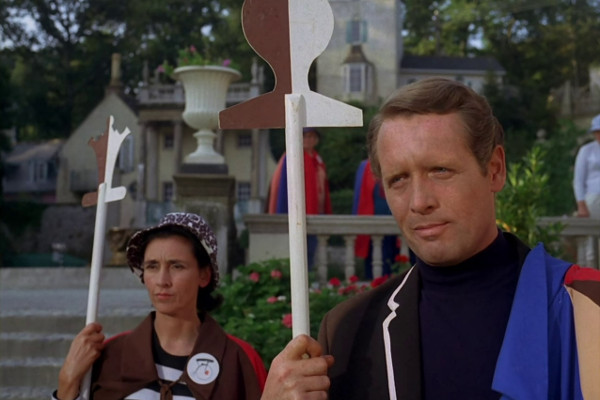
The Prisoner is regarded as an intellectual programme, and so the question has to be asked... just how intelligent actually is the show? Both McGoohan and George Markstein stated that they felt aspects of the series were over-analysed, and that many of the elements given extra consideration (such as Rover) were often just accidents of production.
Checkmate is arguably the most iconographic episode of the series, possibly due in part to an advert by Renault in the late 1980s that heavily featured a chess board in a homage to the programme. There's some interesting psychology at work in this one, including allusions to Pavlov, which would probably have been lost on most of the general audience. However, it's an episode that squeezes any true symbolism out of the series, whereby the first episode's "We're all pawns, m'dear" had already hammered the viewers over the head with the chess analogy. Checkmate goes one further, taking this "subtext" and stretching it to fifty minutes.
Peter Wyngarde, over a year away from fame as Jason King, claims McGoohan had considered him as a permanent No.2 after this, the second episode filmed. Sadly, he gets little to do, unable to react much against a more naïve, relatively placid No.6 than that seen in later episodes. The final plot resolution is cute on first watch, though becomes more pedestrian on repeated viewings.
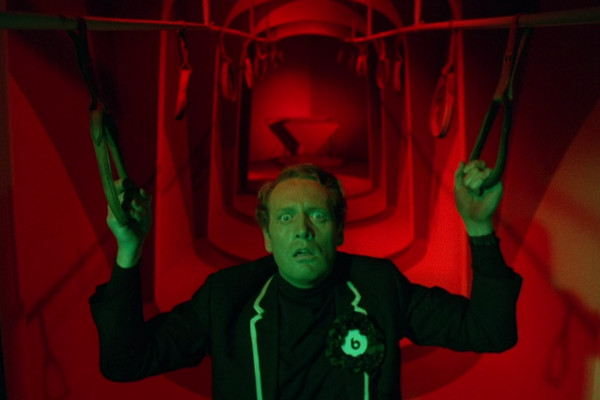
Free For All was the first of five episodes to be officially directed by McGoohan, albeit two under a pseudonym, followed by: Many Happy Returns, A Change Of Mind, Once Upon A Time and Fall Out. More significantly, it's the first of three to be officially written by the star (followed by the two-part finale), although credited under another pseudonym: Paddy Fitz.
While the satire that elections are all a sham, and that nothing really changes in regards who is really in power is a good one, it's all made very "surface" in this instalment. The Prisoner is an often-excellent series that doesn't particularly specialise in subtlety, and Free For All, perhaps more than any other, wears its social commentary very much on its sleeve.
Much more interesting are the darker, more surreal moments, such as the group who worship Rover (as seen in the large image on top of this page) or the Alice-like underground that No.6 is forced into. However, even this is not without its problems... if the Village has a device that can read No.6's mind and tell when he's lying, why don't they just use the machine to find out what they want to know? (An answer is, at least in part, given in Dance of the Dead, where Mary Morris's No.2 notes that he'd die before giving up secrets, but the point still partially stands...)
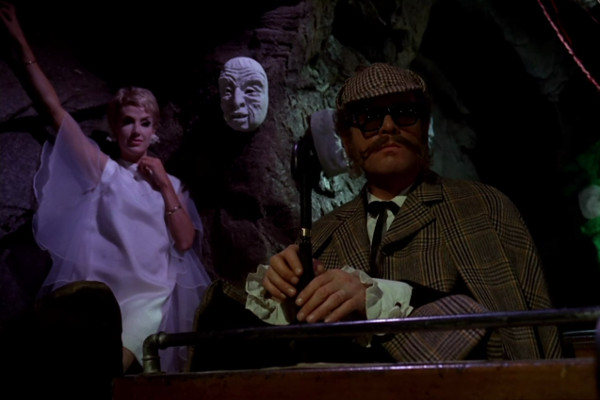
A witty and vibrant spoof of all things ITC, The Girl Who Was Death has long been rumoured to be an unused Danger Man script. The reality is slightly different, in that while Producer David Tomblin had originally created it for Danger Man, it was just as a rough outline, and, as he was busy when the idea was picked up for The Prisoner, the task of developing a full script was given to Terence Feely.
Feely originally wrote it as a two-parter which could be sold as a feature release, something of an odd choice of the production team, as if there's one fault with The Girl Who Was Death, it's that it can't quite sustain its duration. A flip, "comedy" episode, it entertains and has invention... but only up to a point. Although rated higher than some more pivotal episodes like Free For All, it's only "better" as a piece of television in and of itself, rather than as an episode of The Prisoner. While an issue with the series is that some episodes can be a little "samey", this experiment with the form, while entertaining, can be comfortably skipped without missing any of the pure content of the programme.
One mildly frustrating element of the series as a whole is that Italian actor Robert Rietty performs the voice of No.2 in the mildly corny "By hook or by crook..." opening sequence for many of the episodes. While good in the role, Rietty's performance should only be there to cover for when the identity of No.2 is a surprise twist, as here. Sadly he also performs the task in Free For All, The Schizoid Man, It's Your Funeral, A Change Of Mind and Hammer Into Anvil, all of which had respective actors as No.2 from the outset, and so does smack of penny-pinching.
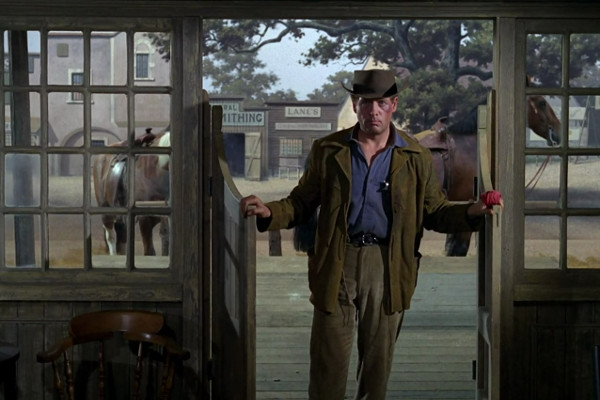
The number of planned Prisoner episodes varies from account to account, largely due to fading memories. In The Prisoner Puzzle, a 1977 interview with Warner Troyer, McGoohan stated that he wanted just seven episodes, with Lew Grade asking for 26 to appease American backers. Differing accounts suggest how the final total of 17 was arrived at – McGoohan claims he managed to get writers to outline them over a single weekend, whereas other accounts suggest that the budget was spiralling out of control and the plug was pulled.
Whatever the case may be, it's almost certain that Living In Harmony and The Girl Who Was Death clearly wouldn't be part of the "key seven". While not as much fun and not as highly ranked, Checkmate and Free For All would almost certainly have been in McGoohan's mind as the "essential" series, and these two entries just filler. Fun filler, sure, with a Western made with only two Americans in it... and one of those, New York-born Patrick McGoohan, only American on a technicality. While much is made of the shaky "US" accents in this one, credit must be given to No.2 David Bauer, who does a passable English accent when we return to the Village to find out the entire thing is, expectedly, a Village plot. And while the episode plays with standard tropes, credit must go to the strangeness of Alexis Kanner as "The Kid", with particular top marks going to the female scream as love interest Kathy is strangled... which comes from Kanner.
Living In Harmony has been cited as many things, not least an anti-Vietnam protest, but this was something denied by McGoohan, who gave a rather more simple answer on what it was really all about: "I don't know what concepts the good folks have put on that one, but the reason for that one [...] I wanted to do a western, I've never done one [...] and we were short of a story."
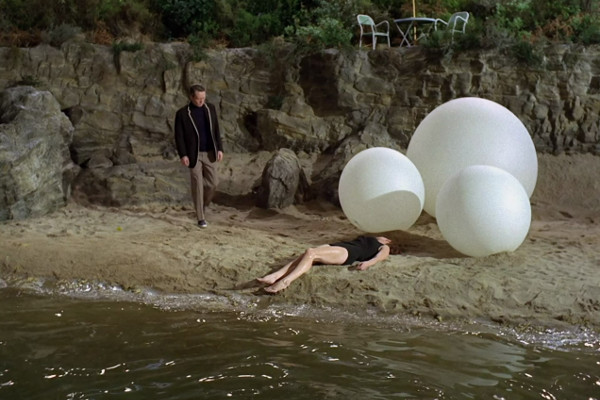
There was a conscious decision when writing this article not to reference contemporary politics. Never mind that the political landscape in 2017 is so crazed even Fall Out seems sane in comparison, or that the titular chimes cannot currently be heard. However, there is a lengthy scene between No.6 and No.2 (the great Leo McKern, in his first of three appearances) where they discuss the concept of an "international community", which No.2 regards as "a perfect blueprint for world order." At the time of filming the European Economic Community was less than a decade old, and it would be another seven years before the United Kingdom would join. No.6 seems very much the Eurosceptic, but a television programme in 1967 observing that "both sides are becoming identical" was quite subversive stuff.
Overall, this is a good episode, and is so strong it was pushed forward as the second to be broadcast, even though there are clear dialogue passages that contradict this. The plot is well rounded, and it is, like most Prisoner instalments, a well-acted piece of television. On the downside, there are a number of Village scenes that are "mock ups", despite exteriors also being shot on location in Portmerion. This is particularly notable in scenes with guest star Nadia Gray, who never went on location, and so is very obviously doubled in genuine Village scenes.
Then there's Kevin Stoney's stereotyped Colonel, the biggest signifier of the series' "old school tie" fixations, which may or may not be part of the satire. Stoney is a good actor, and appeared in many cult series, including ones looked at in these articles: Doomwatch, Ace Of Wands, Doctor Who and The Tomorrow People. However, with the almost parodic depiction of an upper class Colonel, and lines like "I'm here to ask the questions, old boy!" it is an unfortunate misstep in otherwise strong entry.

As an opening episode, Arrival is terrific television. The Prisoner is fundamentally a silly show, of course, featuring a group conducting covert surveillance on an experienced spy by following him around with revolving statues with glowing eyes. Many aspects of the series are melodramatic and over-the-top, and the style of the show, while holding up quite well in the present day, is still quite dated. This is, after all, a series where the hero has home décor that would put most peoples' elderly mothers to shame... John Steed never began a mission walking past two brown china dogs.
Yet despite this, it's still, at its best, a brilliant programme. Criticisms aside, every episode on these last two pages is a fine work, and, while the series might be even better-regarded if at least a couple of the episodes on the first page had never been made, it's still an outstanding work overall. Despite being utterly absurd in many ways, when the programme is on, it draws you in, and establishes its own world and identity. This is a series so unique it's even known for its typeface, a somewhat serious programme where weather balloons are the object of menace. If there's one small detraction from Arrival – an excellent episode which could be ranked higher – it's that the final act, with a failed escape attempt, does feel a little "tagged on" and flat. But as a work to introduce the series and its core values, this is first rate.
George Markstein was the script editor of the programme's first thirteen episodes and also, famously, the man behind the desk in the opening title sequence. Both Patrick and Markstein claimed responsibility for creating the series, and their working relationship deteriorated to such a point that Markstein left after production ended on the thirteenth episode to be shot, Many Happy Returns. What was shot after Markstein left the programme was very different and far more surreal than what had come before: Do Not Forsake Me Oh My Darling, Living In Harmony, The Girl Who Was Death and Fall Out.
Although Markstein worked with writers and suggested stories (he regarded his role as more "story editor" than script editor) Arrival was the only episode where he was actually credited as writer. Written with producer David Tomblin in a month (McGoohan, in contrast, would write his scripts in around 36 hours each) it had additional material, uncredited, by Patrick McGoohan, and released under the working title "The Arrival". Markstein and McGoohan's differing takes on what the programme actually was also cover whether the series should be regarded as a sequel to McGoohan's starring vehicle of Danger Man. Markstein was adamant that No.6 was John Drake from Danger Man, and claims that Patrick only claimed it wasn't the same character to avoid paying royalties to Danger Man creator Ralph Smart. Certainly, the series has an extra "meta" element via the Danger Man association, whereby each week McGoohan's publicity shot from the series would be crossed out and filed in a cabinet marked "Resigned".